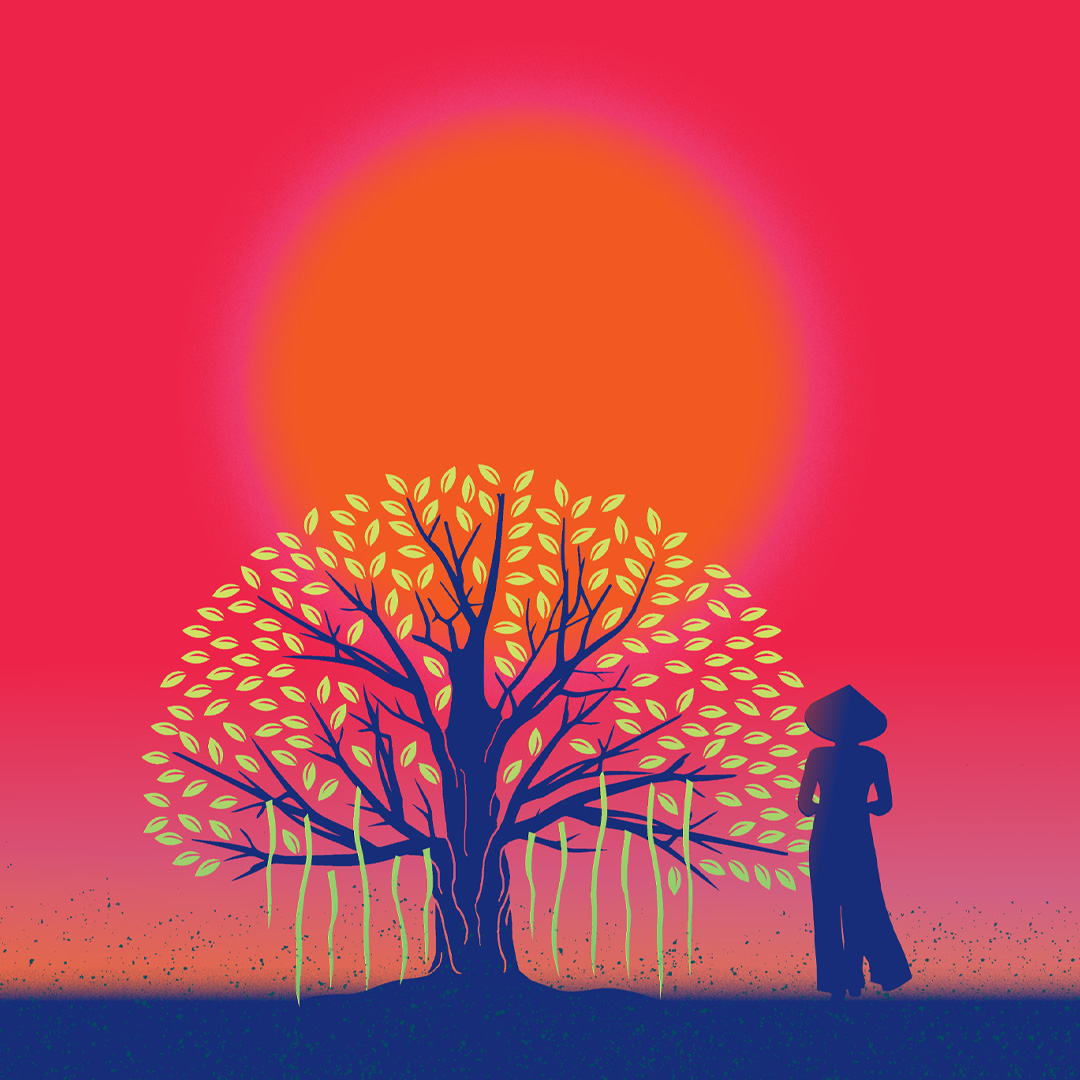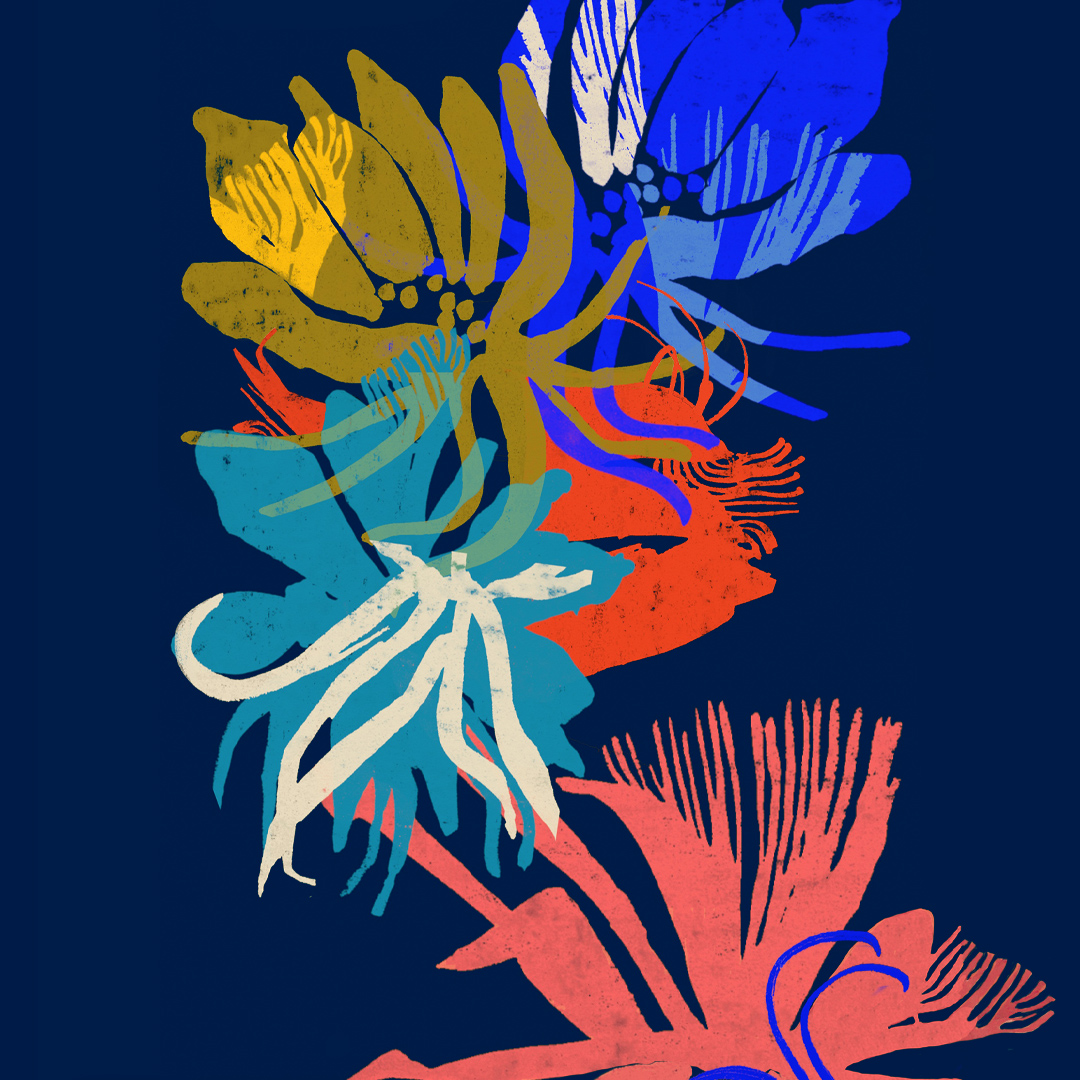Celebrate Bastille Day with These Books
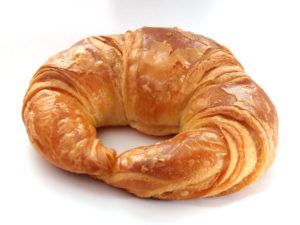
A very happy Bastille Day to you, or as the French would say, bonne fête nationale!
Whether you’re obsessed with all things French or you’ve just seen Les Miserables too many times, July 14 is the day to revel in the sights, sounds and tastes of bleu-blanc-rouge. We’re thinking croissant and jam, champagne* and brie, Serge Gainsbourg’s music and Renoir’s painting — and then these books about la vie française.
William Alexander in Flirting with French, Richard Goodman in French Dirt, B.A. Shapiro in The Collector’s Apprentice, and Penelope Rowland and a host of contributing writers in Paris Was Ours immerse themselves in France. Right down to the very soil itself. Their books will take you exactly where you want to be on Bastille Day, even if you can’t hop a flight.
*Before you buy that champagne, be sure to check out Real Food/Fake Food by Larry Olmsted. Not all champagne is from Champagne.
 Flirting With French by William Alexander
Flirting With French by William Alexander
William Alexander is more than a Francophile. He wants to be French. There’s one small obstacle though: he doesn’t speak la langue française. In Flirting with French, Alexander sets out to conquer the language he loves. But will it love him back
Alexander eats, sleeps, and dreams French. (He even conjugates in his dreams.) And while he’s playing hooky from grammar lessons and memory techniques, he travels to France, delves into the colorful history of the French language and the science of linguistics, and even goes to Google to find out what’s taking them so long to perfect translation software. What Bill Alexander learns while not learning French is its own reward.
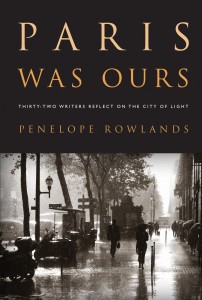 Paris Was Ours by Penelope Rowlands
Paris Was Ours by Penelope Rowlands
Paris is “the world capital of memory and desire,” concludes one of the writers in this intimate and insightful collection of memoirs of the city. Living in Paris changed these writers forever. In thirty-two personal essays, the writers describe how they were seduced by Paris and then began to see things differently. They came from all over the world to write, to cook, to find love, to study, to raise children, to escape, or to live the way it’s done in French movies. They were outsiders who became insiders, who here share their observations and revelations. Some are well-known writers: Diane Johnson, David Sedaris, Judith Thurman, Joe Queenan, and Edmund White. Others may be lesser known but are no less passionate on the subject. Together, their reflections add up to an unusually perceptive and multifaceted portrait of a city that is entrancing, at times exasperating, but always fascinating. They remind us that Paris belongs to everyone it has touched, and to each in a different way.
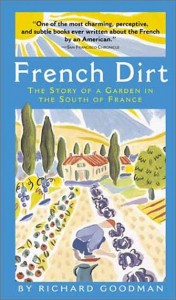 French Dirt by Richard Goodman
French Dirt by Richard Goodman
Richard Goodman saw the ad in the paper: “SOUTHERN FRANCE: Stone house in Village near Nimes/Avignon/Uzes. Perfect for writing, painting, exploring & experiencing la France profonde.” And, with his girlfriend, he left New York City to spend a year in Southern France.
The village was small–no shops, no gas station, no post office, only a café and a school. St. Sebastien de Caisson was home to farmers and vintners. Every evening Goodman watched the villagers congregate and longed to be a part of their camaraderie. But they weren’t interested in him: he was just another American, come to visit and soon to leave. So Goodman laced up his work boots and ventured out into the vineyards to work among them.
French Dirt is a love story between a man and his garden. Most of all, it’s about the growing friendship between an American outsider and a close-knit community of French farmers.
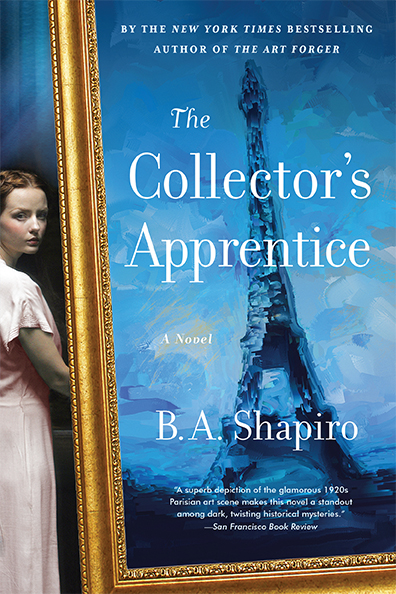 The Collector’s Apprentice by B.A. Shapiro
The Collector’s Apprentice by B.A. Shapiro
Accused of helping her fiancé steal her family’s fortune and her father’s art collection, Paulien Mertens has fled to France. To protect herself from the law and the wrath of those who lost everything, she has created a new identity.
Paulien, aka Vivienne, takes a position working for an American art collector modeled after real-life eccentric museum founder Albert Barnes and quickly becomes caught up in the 1920s Paris of artists and expats, including post-Impressionist painter Henri Matisse and writer Gertrude Stein. From there, she sets out to recover her father’s art collection, prove her innocence, and exact revenge on her ex-fiancé.
B. A. Shapiro has made the historical art thriller her own, and once again she gives us an unforgettable tale about what we see—and what we refuse to see.

